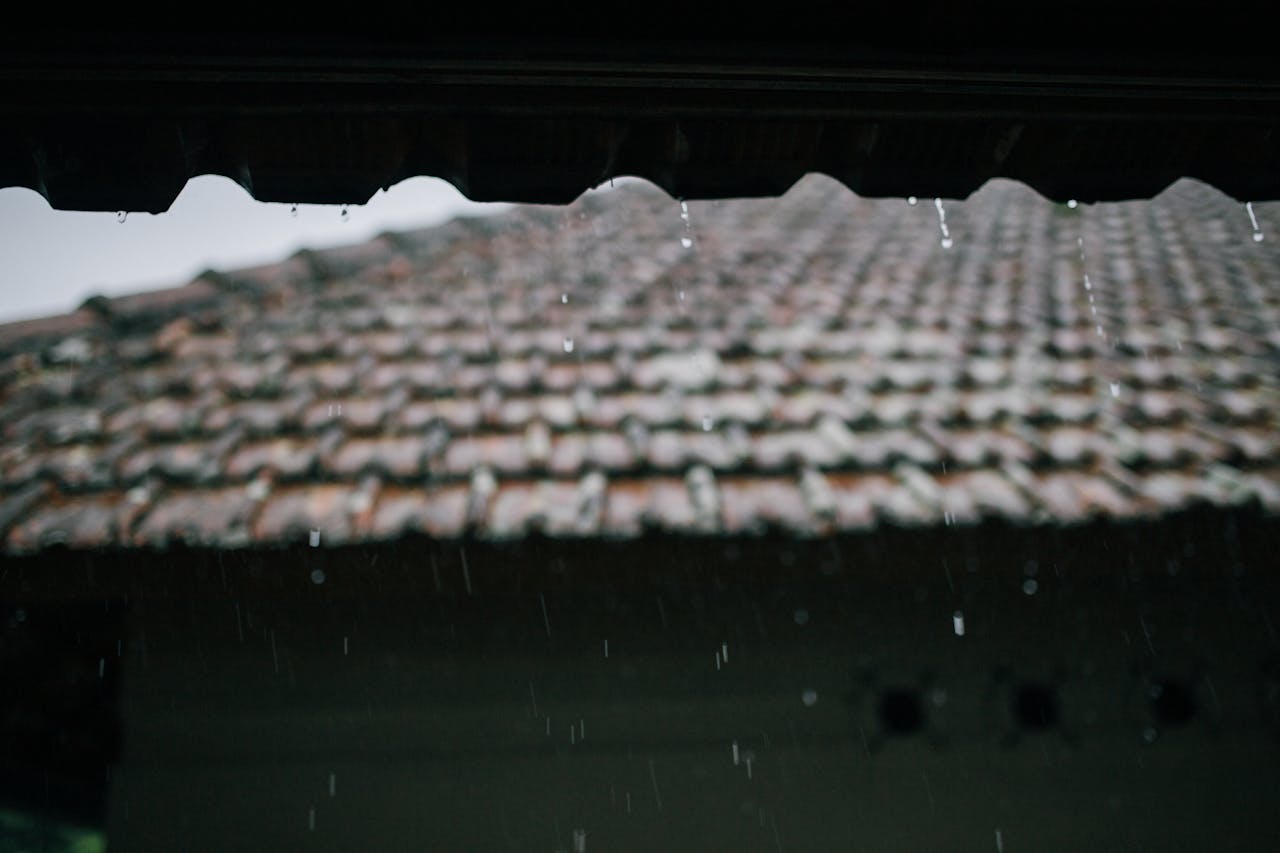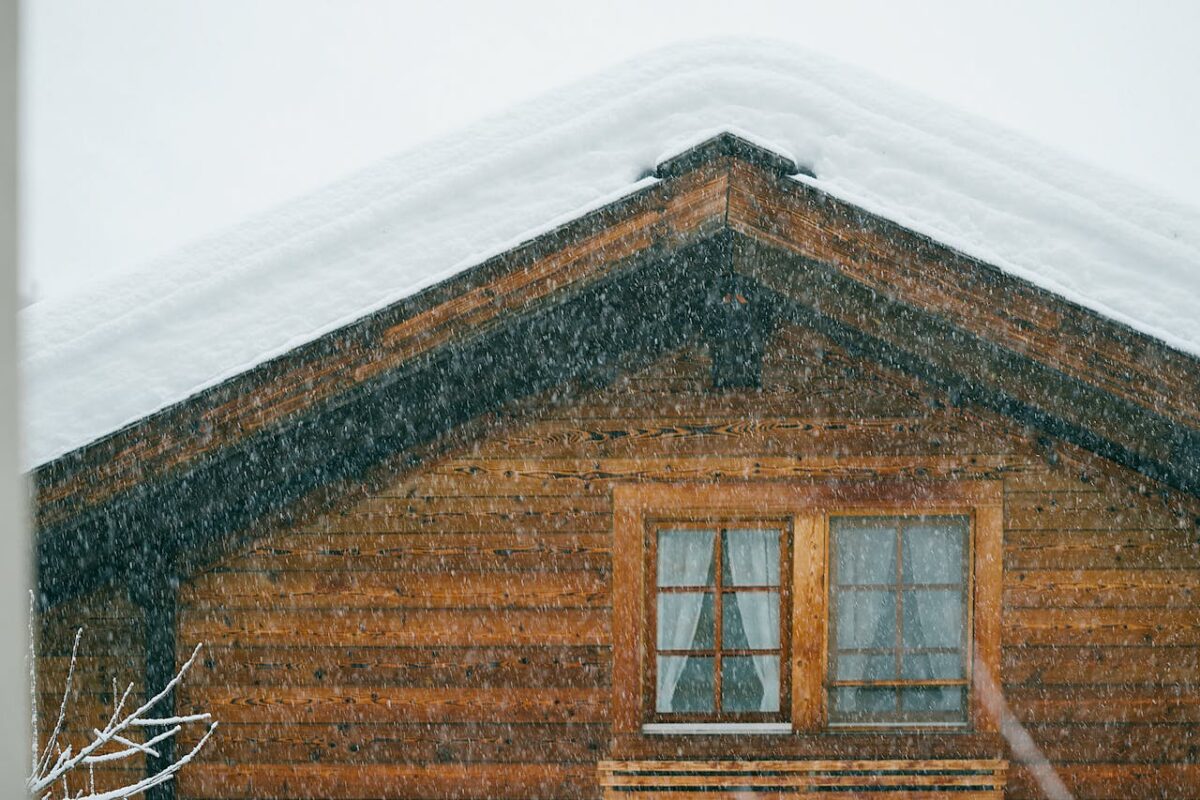A roof is one of the most crucial parts of your home and can greatly affect its longevity. It protects you and your family from harsh weather conditions and adds value to your property.
Taking simple steps like cleaning gutters regularly, limiting debris, sealing flashings, ventilating your attic and addressing leaks promptly can significantly increase your roof’s lifespan.
1. Keep Your Gutters Clean
Keeping your gutters clean is a simple yet important part of roof maintenance. Clogged gutters can cause a wide variety of problems, from staining your home’s exterior to blocking rainwater flow.
Additionally, clogged gutters can trap leaves, twigs, and dirt that can become a breeding ground for bugs and rodents. These pests can then burrow into your home or business and cause significant damage. Gutter cleaning is one way to prevent this, and it also helps extend your roof’s lifespan.
Before you begin cleaning your gutters, make sure you have a ladder and the right safety equipment. This includes long sleeves and pants, work gloves, and eye protection. It’s also a good idea to inform someone else that you’re working near the roof so they can call 911 in case you fall or are injured. You should also cover any plants and furniture you don’t want to get debris on. Finally, be sure to clear the area where you’re working of any loose branches or debris.
2. Trim Trees and Branches
Abrasions from tree branches can damage shingles and other roof materials, especially during windstorms. They also give rodents like squirrels access to your roof, which can gnaw on them and lead to costly repairs. Regular trimming will help extend the lifespan of your roof and prevent these issues.
In addition, overgrown trees can block sunlight from reaching your roof, leading to moisture buildup and fungus growth. Tree limbs can also interfere with air circulation, causing hot and cold spots in your attic. A well-trained professional will use the proper pruning cuts to maintain a healthy and beautiful landscape, without damaging your roof.
Crown cleaning, crown thinning, and crown raising are all types of pruning that can improve a tree’s health and appearance. Crown cleaning removes dead or diseased limbs, while crown thinning reduces density by removing large limbs to free up the canopy for sun penetration. Crown raising shortens a tree’s height to provide clearance for structures and vehicles.
3. Remove Moss and Algae
Moss and algae can cause damage to shingles, which will reduce the lifespan of your roof. Removing moss and algae will help to extend the lifespan of your roof.
You can remove moss and algae by spraying the roof with a mixture of water and bleach. Be sure to use a low-pressure hose so that you do not damage your shingles or tiles. A bleach mixture is effective because it is strong enough to kill the moss but does not damage your roof.
You can also install copper or zinc strips on your roof to deter new moss and algae growth. These strips release small amounts of copper or zinc ions into rainwater, which prevents the formation of algae. You can also trim trees and move garden features so that they do not cast shade on your roof. Additionally, you can choose shingle roofs that are resistant to algae growth. These shingles will not prevent moss but will slow its growth.
4. Inspect Your Roof Regularly
Homeowners invest a lot in their roofs, and they want them to last as long as possible. The longevity of a roof depends on its design and construction as well as its environment.
Extreme weather conditions like hot and cold temperatures, heavy rainfall, and hail damage the surface of a roof. This damage can cause shingle or tile cracks, rip off the protective granules on shingles, and create water leaks in homes.
Regular inspections can identify and repair minor problems like leaking spots, signs of wear and tear, and broken flashings before they become severe issues that require costly repairs or replacements.
An inspector can also ensure that the roof is properly ventilated and not causing energy loss in your home. An unventilated roof can increase heating and cooling costs, and it can lead to rotting sheathing and sagging gutters. In addition, a blocked drain can prevent rainwater from exiting the gutters, leading to water buildup and mold in attics.

5. Repair Cracked Shingles or Tiles
A small crack or tear in a roof can turn into a big problem. It’s important to repair these issues before they worsen, as this can prevent moisture from seeping into your home, which can lead to mold, mildew, and rot. It can also decrease the lifespan of your roof.
Shingles typically last up to 20 years, while tile roofs can last more than 100. Regardless of the type of roof you have, it’s essential to regularly inspect your roof for damage or wear.
If you find a cracked shingle, it’s possible you don’t need to replace it entirely. Instead, apply a thick bead of roofing sealant underneath the cracked shingle and press it down. Then, use a putty knife to spread and smooth the sealant so it blends in with the surrounding shingles. If you’re worried about the appearance of this fix, you can camouflage it with a coating of colored granules that are often found in gutters.
6. Inspect Your Roof During Storms
Your roof is a crucial part of your home’s structure, protecting both its value and the safety and health of its occupants. Yet, a roof that isn’t properly maintained can suffer from serious damage in the form of leaks or mold growth. This can be costly for homeowners in both repairs and energy bills.
Regular inspections help identify issues like shingles that have become loose or even torn off during high winds. In addition, if trees and branches are growing too close to the house, they can scrape against the shingles or cause structural damage.
Detecting problems early and making repairs as needed helps extend your roof’s lifespan. Additionally, if your roof sustains storm-related damage that needs to be covered by insurance, having a comprehensive inspection report from an experienced professional helps ensure that you receive adequate compensation for repairs. This peace of mind provides significant benefits beyond immediate repair costs.
7. Install Weather-Resistant Coatings
Waterproof roof coatings protect against leaks, moisture damage, and other issues that can shorten a roof’s lifespan. They’re available in a variety of types, so choose the one that suits your building and climate conditions.
Shingles can last between 15 and 25 years, while metal roofing can last 50 or more. The type of shingles used will also affect how long your roof will last, with architectural shingles lasting longer than three-tab shingles.
Elastomeric coatings are highly flexible and durable, so they can flex with the building to prevent leaks and other damage. They’re also reflective and keep the building cooler, which helps lower energy costs. They’re also resistant to mold, mildew, and stains, making them a great option for commercial roofs. Acrylics have a high permeation rating and are good for low-slope or flat roofs, while silicones are more durable and weather-resistant. They’re also safer for the environment because they don’t contain volatile organic compounds (VOCs).
8. Keep Your Roof Dry
While the weather takes a toll on all roofs, there are steps homeowners can take to limit damage. Some of these steps include a focus on preventative maintenance, using high-quality materials and a professional installation process.
Roof rot is caused by excess moisture that becomes trapped under the shingles and degrades them over time. The condition can also lead to mold and mildew, which can damage the rafters and interior walls of your home.
To reduce the risk of rot, regularly clean your gutters and make sure the eaves are clear of leaves. You should also trim tree branches that hang over the roof. These branches can damage the roof during storms and provide an opening for water to enter the building. Additionally, they can become tangled in the gutters and restrict water flow.
